Reducing textile waste: Facts, figures and solutions
Used clothes are burned or landfilled all over the EU. In our home country, Denmark, the amount of textile waste is about 40.000 tons per year. And from 2025 and onwards, the EU requires all member states to separate textile waste. This creates an issue of accumulating textile waste. In this article we point to solutions currently available, as well as to those being developed to help us deal with the enormous piles of textile waste that we have to collect in 2025. We present tangible actions that consumers can take in reducing textile waste. However, most importantly, we note the need to reduce the amount of textile waste that is being generated, rather than focusing only on cleaning it up.
Your impact – Support, and buy less clothing
As a consumer, you can still have support solutions to reduce textile waste, even if you cannot set the political agenda. There are a lot of discussions on how and what textile waste can be used for. But as important as this is, we must address how this problem is created in the first place – reducing textile waste. The problem of growing piles of used textiles comes from producing more than we need. To decrease the problem of accumulating textile waste, we should produce less and focus more on the durability of clothing. Here are 4 pieces of advice that contribute towards reducing textile waste in the listed order.
29.07.2020

Use what you have
Allow yourself to explore what you already have and use that until it is not wearable anymore. This way, you don’t support the production of new clothes. Do consider if what you are about to buy is something that you sincerely need. In affirmative case, see next point.
Choose second-hand
If you have considered option one and you are sure you need a ‘new’ item, buy second-hand. Second-hand clothes have almost no impact, because you are extending the ‘active’ life of textiles. This lowers the impact per use of your items. There are plenty of innovative platforms and smart second-hand systems that we will introduce to you. However, if you cannot find what you need second-hand, continue with advice number 3.
Choose durable clothes
Buy clothes that are durable and last for a long time. This is meant both in terms of the material, but also of you wanting to wear it. The longer you actively use a piece of clothing, the lower the impact per use will be. The longer you use your clothing, the longer you will wait until buying something new.
Choose something less damaging
If you choose to buy durable clothes, buy something that has been produced in a less harmful way. This means in a way that is more considerate of the people producing the garments, the environment and the climate. You can use certificates, that are verified by external, independent auditing companies, to guide you in your search for newly produced clothes.
Reducing textile waste: Re-use systems
Now that you have learned how to support solutions to reduce textile waste in the first place, we can move on to how we deal with the problem at hand. The best way to solve this issue is to make sure that clothes that have been worn do not go to waste. In the following we introduce you to some innovative companies that tackle this issue. They have and still are developing technologies that assist us in recycling or reusing textiles. This means that they can re-enter the loop.
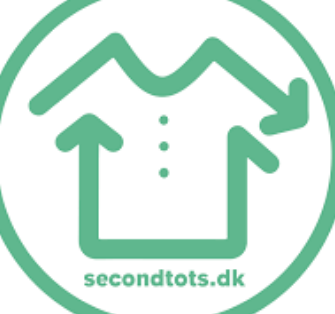
Second Tots
Second Tots has created an online store for second-hand children’s clothing, where you can buy and sell online. After handing in your items, they are uploaded on the webshop. You receive a share of the payment, once the item is sold. It leans on the idea of flea-market shopping, but it is accessible all the time, as it is an online platform.
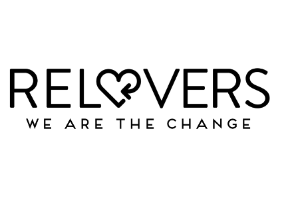
Relovers
Relovers is a marketplace for eco-friendly second-hand clothing, with a specific feature. The platform provides you with information about fabrics and certifications used in each product. This allows you to shop more consciously, as you can both filter according to your criteria and learn more about your items. They just recently launched their website!
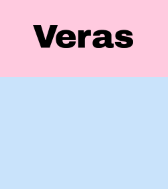
Veras Vintage
Veras Vintage has developed a concept where you can hand in your clothes, and depending on the condition and value, you gain points. You can buy new second hand clothing with these points, either online or in their stores. This concept is has a flea market-like idea, but it is easy to access and allows you stay in the loop of buying second-hand clothing.
Recycling systems: Industrial solutions for the textile waste
The above-mentioned solutions are creative and smart. However, they only work with intact pieces that are suitable to reuse the way they are. The amount of clothes in Denmark that cannot be reused is 8 times higher than the clothes being reused directly (p.30). Hence, these clothes will be burned, recycled or shipped to other countries. Here are some technologies that can help to save many tons of textiles that are otherwise turned into waste or burned.
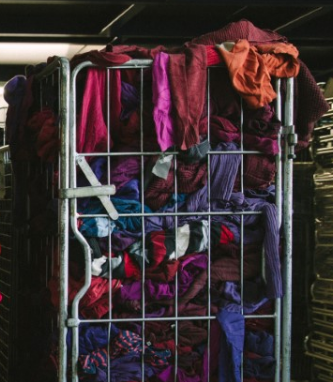
Valvan
Recycling technologies can often not handle textiles that are made of different kinds of material. It is therefore problematic when clothes are dumped on landfills or thrown into a container without any prior sorting. A Belgian company called Valvan has solved this specific issue with an automated sorting system of textiles called Fibersort. This machine sorts large volumes of garments, based on the composition of material they are made of. It makes the following process of actually recycling the clothes much easier.
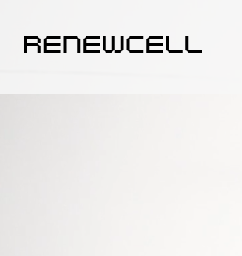
Re:Newcell
After the sorting process, clothes can be recycled. This means that the fibres are separated through a mechanic or a chemical process. The Swedish company called Re:newcell has invented a technology that mechanically shreds textiles and upcycles them into a raw material called re:newcell pulp. It is biodegradable and has the same or higher quality than so called virgin pulp. It can therefore be made into viscose yarns which can be used for the production of new clothing.
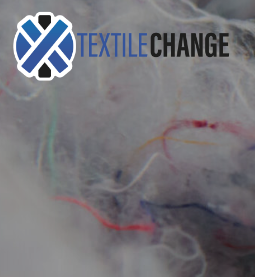
Textile Change
The Danish company called Textile Change is currently developing a technology that combines the mechanic and chemical recycling process. They do this by pre-treating textile waste mechanically and then separating it into basic components through a chemical process. This is progressive, as it can turn textiles into raw materials, regardless of its material composition. At the same time, Textile Change is ambitious about building a machinery that treats textiles in the gentlest way possible. It allows them to both strengthen the durability of the newly generated material and to decrease their environmental footprint. They will start building a pilot facility in 2021 and launch the actual facility in 2024, that runs on low and green energy. The aim is also to reuse about 97% of the chemicals they use in the process of separating polyester and cotton.
Cooperation and economic subsidies: solutions for textile waste
These technologies will surely help to “clean up” the textile waste. But it will take time. Moving from a laboratory to the testing phase, which often requires a company to build a testing facility, is challenging. Ditte Højland, one of the founders of Textile Change, explains that investors are often reluctant to fund companies that are in a testing phase. This is because the technology hasn’t proved functional outside the lab yet. It is extremely problematic as it is a crucial step when scaling a technology and entering the market.
While these technologies are helpful, we need to develop structures that will prevent the same problems from occurring in the future. In addition, we cannot solve the issue of accumulating textile waste on our own. Denmark and other EU member states need to act together, with the help of institutions like the EU.
While setting new requirements, e.g. the separation of textile waste, is a good initiative in itself, we also need initiatives that focus on tackling the original problem. That of textile waste being there in the first place.
Other solutions: extended producer responsibility (EPR), tax systems and durability regulations
There are surely structural and political solutions to reduce textile waste. EU´s waste rule introduces a concept called extended producer responsibility. It means that the companies producing the clothes should take responsibility for the textile waste they cause.
Introducing a shift in responsibility, could have an effect on the way we produce. Namely more considerate of our environment and climate. The idea is to make the actual polluters, e.g. the brand directors, responsible for managing waste. As of today, this responsibility lies in the hands of authorities, like municipalities.
ISO standards
Another way of tackling the issue of accumulating textile waste is by introducing ISO standards. ISO standards could regulate the quality of the clothes we produce and import. They could categorise products based on the durability. Depending on the respective category, they could be taxed differently. By putting restrictions on the quality of clothing, we would use our items longer and thereby postpone the purchase of more.
EU regulations on textile waste oblige brands to be transparent about the material they use to produce clothes. The same rule could be applied in the area of durability. Stating clearly how long a product is expected to last might make consumers think more about how long they should expect to use it. It would also give them the right to e.g. file a lawsuit if it doesn’t last as long as stated. This could have a competitive effect between brands in creating longer lasting products.
Conclusion
We applaud the 2025 initiative of collecting textile waste. This forces us to clean up our mess and generate opportunities for businesses that can sort, separate and reuse textile waste. However, to become more sustainable, we need to keep an eye on the overconsumption that is causing the problem to begin with. Systems, structures and regulations are needed in order to solve this problem of reducing textile waste.
